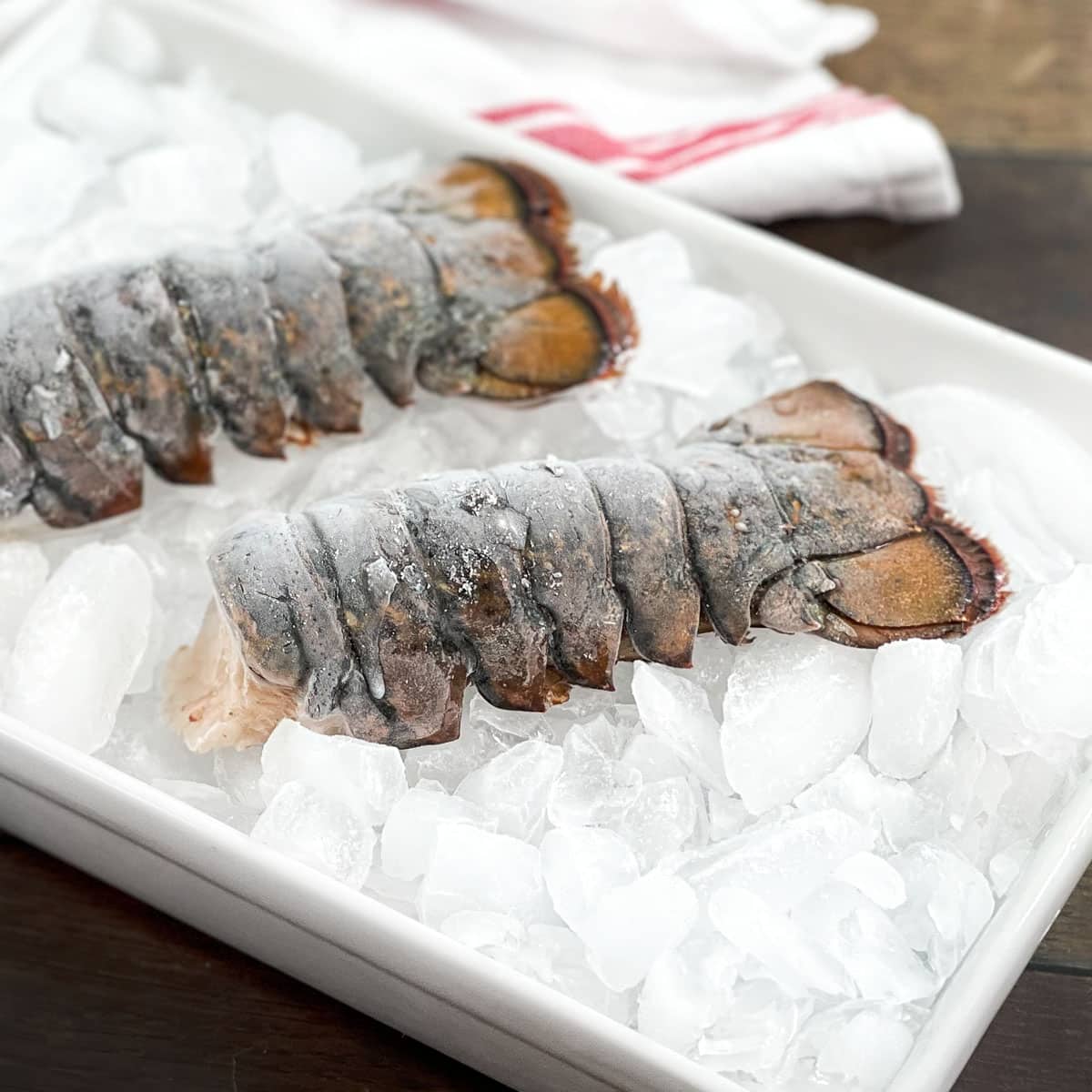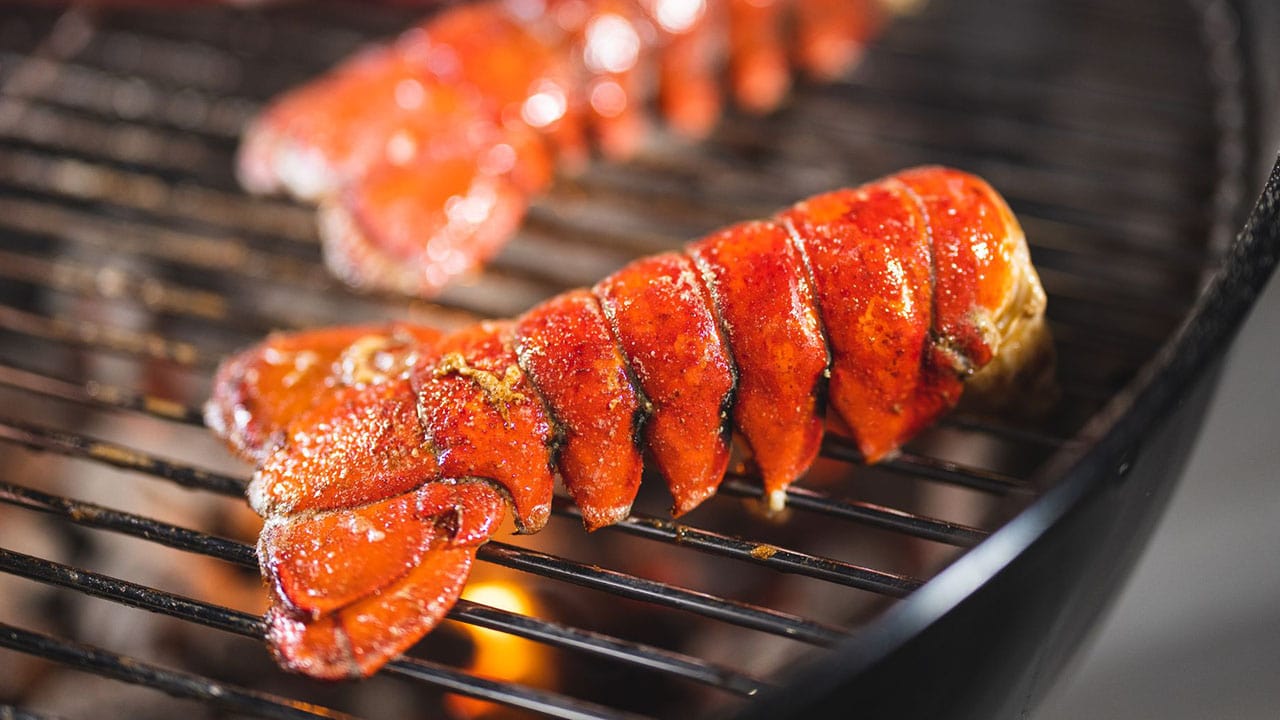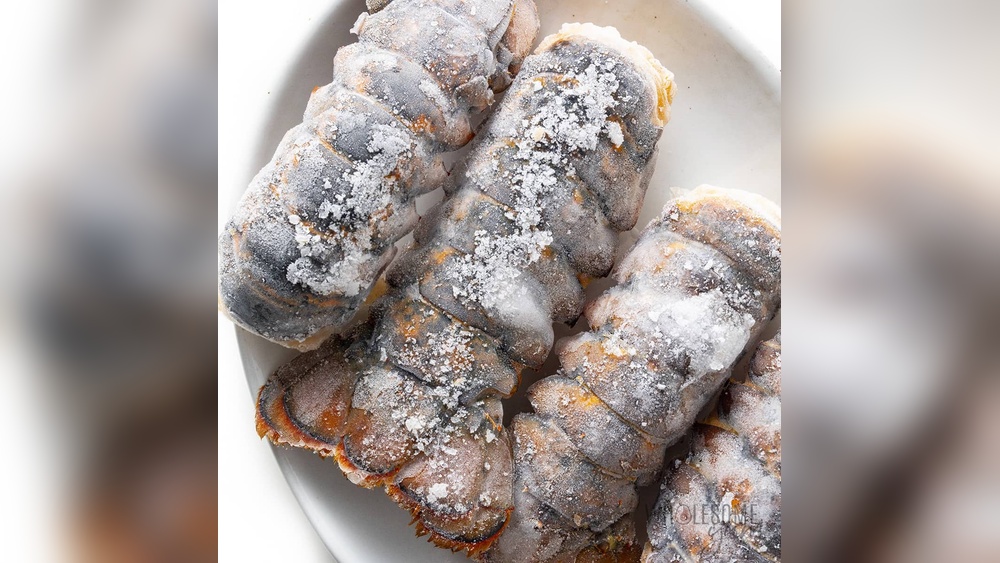Are you ready to enjoy a delicious lobster meal but only have frozen lobster on hand? Cooking frozen lobster might seem tricky, but with the right approach, you can turn it into a mouthwatering dish without any guesswork.
Whether you’re craving tender lobster tails or a whole lobster feast, knowing how to handle frozen lobster properly is key to getting juicy, perfectly cooked meat every time. In this guide, you’ll discover simple, step-by-step methods to cook your frozen lobster safely and deliciously—no more rubbery or uneven bites.
Keep reading, and you’ll soon impress yourself and your guests with lobster that tastes like it’s straight from the sea.
Thawing Frozen Lobster
Safe thawing methods help keep lobster fresh and tasty. The best way is to thaw lobster in the fridge overnight. This keeps the temperature low and safe. It takes about 12 to 24 hours.
Quick thawing tips include placing lobster in a sealed bag. Then, put it in cold water. Change the water every 30 minutes. It should thaw in 1 to 2 hours.
Avoid temperature risks by never thawing lobster at room temperature. This can let bacteria grow. Also, do not use warm or hot water. It can spoil the lobster.

Preparing Lobster For Cooking
Start by rinsing the lobster under cold water to remove any ice or frost. Use a sharp knife or kitchen shears to cut the shell lengthwise, making it easier to season and cook. For whole lobsters, split the body carefully to avoid losing the meat.
Common seasoning options include melted butter, garlic, lemon juice, and herbs like parsley or dill. A simple sprinkle of salt and pepper works well too. Season the lobster meat directly for best flavor.
| Type | Advantages | Considerations |
|---|---|---|
| Lobster Tails | Cook quickly, easy to handle, perfect for small meals | Less meat than whole lobster, can dry out if overcooked |
| Whole Lobsters | More meat, flavorful, great for special occasions | Requires more prep, longer cooking time |
Cooking Methods
Steaming frozen lobster is a gentle way to cook it evenly. Place lobster in a steaming basket over boiling water. Cover and steam for about 10-15 minutes for one lobster. Adjust time for size. The shell will turn bright red when done. This method helps keep lobster juicy and tender.
Boiling frozen lobster is fast and simple. Bring a large pot of salted water to a boil. Add lobster and cook for 8-12 minutes. Larger lobsters need more time. Boiling cooks the lobster quickly but watch carefully to avoid tough meat.
Baking and broiling techniques work well for lobster tails. Preheat the oven or broiler. Cut lobster shells lengthwise to expose meat. Brush with butter or oil and season. Bake at 375°F for 12-15 minutes or broil for 5-7 minutes. Meat should be opaque and firm.
| Method | Time | Temperature | Notes |
|---|---|---|---|
| Steaming | 10-15 mins | Boiling water | Even cooking, juicy meat |
| Boiling | 8-12 mins | 212°F (100°C) | Fast, watch for toughness |
| Baking | 12-15 mins | 375°F (190°C) | Good for tails, add butter |
| Broiling | 5-7 mins | High heat | Quick, use for tails |
Air fryer and Instant Pot offer quick options. Air fry lobster tails at 380°F for 7-10 minutes. Instant Pot cooks lobster fast using steam mode for 4-6 minutes. Both keep lobster moist and require less attention.

Cooking Lobster From Frozen
Cooking lobster straight from frozen carries risks. The outside may cook too fast, becoming tough, while the inside stays cold or raw. This can spoil the flavor and texture.
To help lobster cook evenly, try these tips:
- Use a steamer or pot with a lid for gentle heat.
- Cut the lobster shell lengthwise to expose the meat.
- Cook on medium heat and check often.
- Turn lobster halfway through cooking.
- Allow extra time compared to thawed lobster.
This method works best when you need lobster quickly. It suits small lobster tails or when thawing is not possible. For best taste, thaw lobster first.
Checking Doneness
Visual signs show when lobster is cooked. The shell turns bright red. The meat looks white and firm. The edges may have a slight brown color. These signs mean it is ready to eat.
Using a thermometer helps check lobster doneness accurately. The internal temperature should reach 140°F (60°C). Insert the thermometer into the thickest part of the meat. This ensures the lobster is fully cooked and safe to eat.
Avoiding overcooking is very important. Overcooked lobster becomes tough and rubbery. Remove lobster from heat as soon as it reaches the right temperature. Let it rest for a few minutes; it will finish cooking slightly off the heat.

Serving Suggestions
Simple sauces and butters enhance lobster flavor. Melted garlic butter is a classic choice. Lemon butter adds a fresh, zesty touch. For a spicy kick, try a cajun butter sauce. A light herb vinaigrette also pairs well without overpowering the lobster’s taste.
Pairing with side dishes can make your meal complete. Serve lobster with steamed vegetables like asparagus or green beans. Creamy mashed potatoes or rice pilaf add comfort and balance. A crisp garden salad brightens the plate and adds freshness.
Presentation ideas make lobster inviting. Place lobster on a bed of lettuce or seaweed for color contrast. Garnish with lemon wedges and fresh herbs like parsley. Use simple white plates to keep focus on the lobster’s vibrant color.
Frequently Asked Questions
Can You Cook Lobster From Frozen?
Yes, you can cook lobster from frozen, but thawing first ensures even cooking and better texture. Cooking frozen lobster risks overcooked edges and undercooked centers. For best results, thaw safely, then bake, broil, steam, or boil until meat is opaque and tender.
Do You Have To Defrost Lobster Before Boiling?
You don’t have to defrost lobster before boiling, but thawing ensures even cooking and better texture. Cooking from frozen may cause uneven doneness. For best results, thaw lobster in the refrigerator before boiling.
How To Thaw Lobster Quickly?
Place lobster in a sealed bag and submerge in cold water. Change water every 15 minutes. Thaw takes about 30-60 minutes. Avoid warm water to prevent texture loss. Cook immediately after thawing for best flavor and safety.
Is Frozen Lobster Any Good?
Frozen lobster retains good flavor and texture if properly thawed before cooking. Cooking directly from frozen may cause uneven doneness. For best taste, thaw lobster safely, then cook using steaming, boiling, or broiling methods to ensure tender, delicious meat every time.
Conclusion
Cooking frozen lobster can be simple with the right steps. Always try to thaw lobster first for better texture and flavor. Use steaming, baking, or boiling methods to cook evenly. Watch cooking times carefully to avoid tough or mushy meat.
A perfectly cooked lobster adds a special touch to any meal. Enjoy your lobster with confidence and ease!

